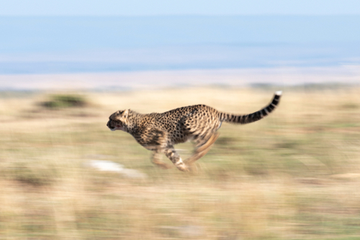
As of January 2019, there are more than 1.94 billion[1] websites. That’s a lot of competition. What’s one great way to stand out? Great images. In fact, vision dominates all other senses when it comes to interacting with and absorbing information.
Here are three quick facts[2] to help you understand how critical images are for people (and for SEO):
- 90% of all the data the brain transmits is visual.
- The human brain processes one image in the same amount of time it would take to read 1000 words. (Yes, turns out the old adage is indeed rooted in scientific fact.)
- The recall value of visual content[3] even after three days is 65%, whereas the recall value for written text is merely 10%.
With the majority of search volume coming from phones — and coupled with the fact that people’s attention spans have reduced to eight seconds — it’s essential for websites to be able to deliver a quick, frictionless, and delightful user experience.
Image optimization serves as a major part of this puzzle.
What can image optimization do for my users (and for SEO)?
- By shaving seconds off your site speed, it can reduce bounce rate and improve site retention.
- It helps improve page loading speed, which is a major Google ranking factor[4].
- It can help improve your keyword prominence. Read more on that here.
- It helps in reverse image search, which can be a big value add especially if you’re a product-based business.
- Many devices and desktops use high-resolution screens, which increase the need for good quality images.

